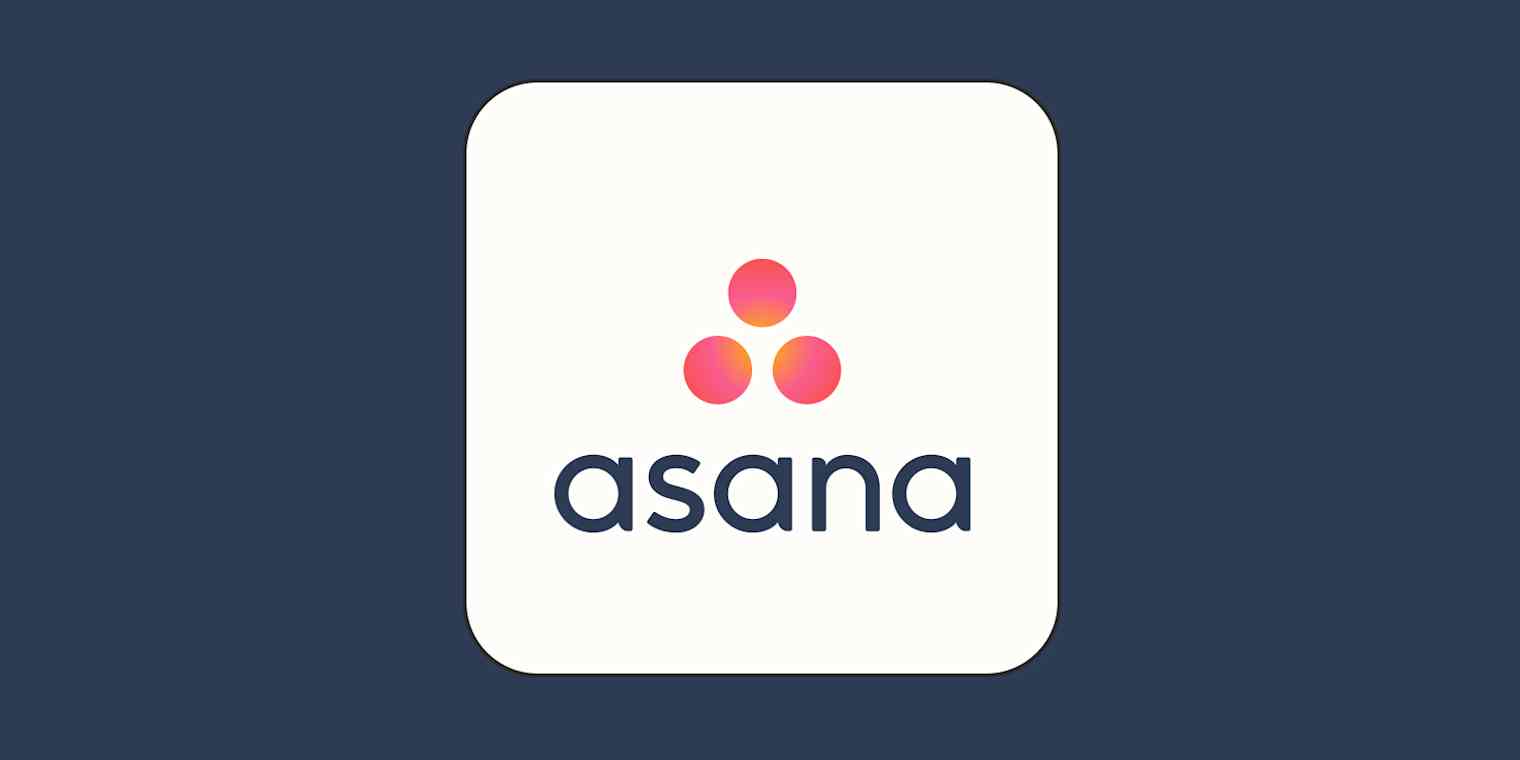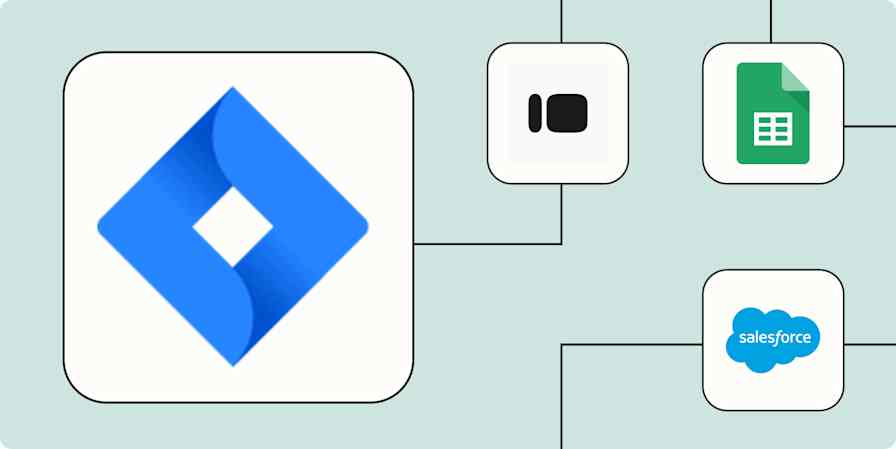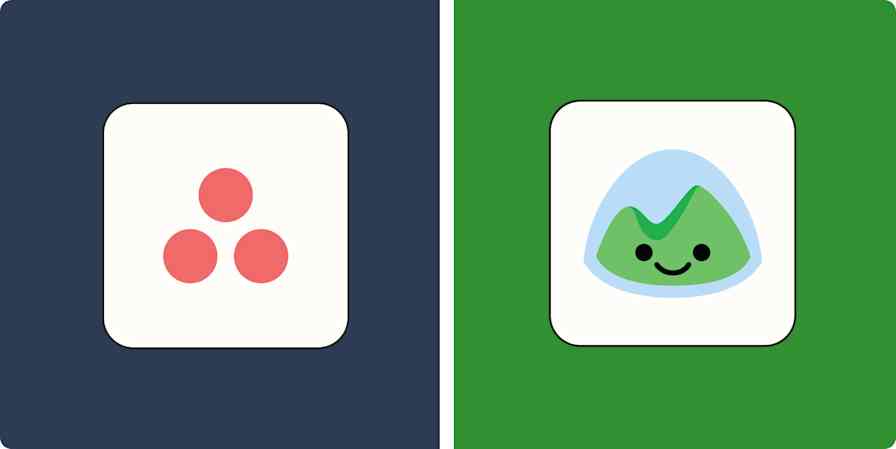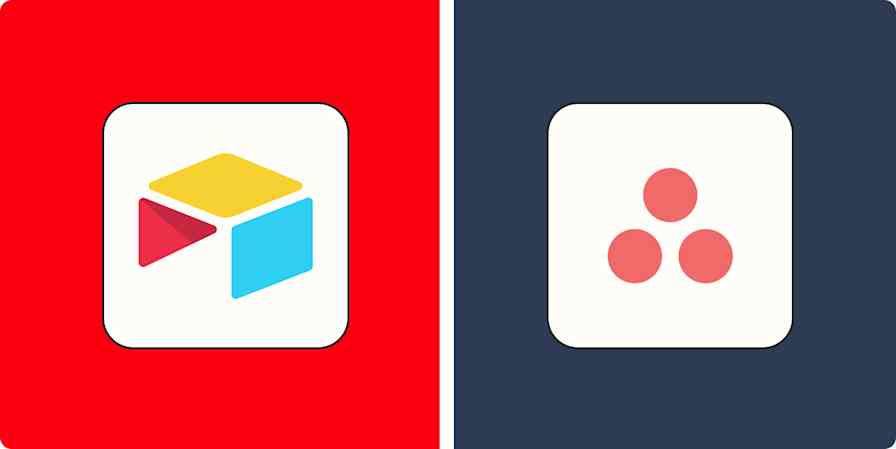App tips
6 min readAsana's celebration creatures are more than just a gimmick
This one UX feature in Asana has boosted my productivity, creativity, and morale at work.
By Rebecca Noori · June 9, 2022

Get productivity tips delivered straight to your inbox
We’ll email you 1-3 times per week—and never share your information.
mentioned apps
Related articles
Improve your productivity automatically. Use Zapier to get your apps working together.









